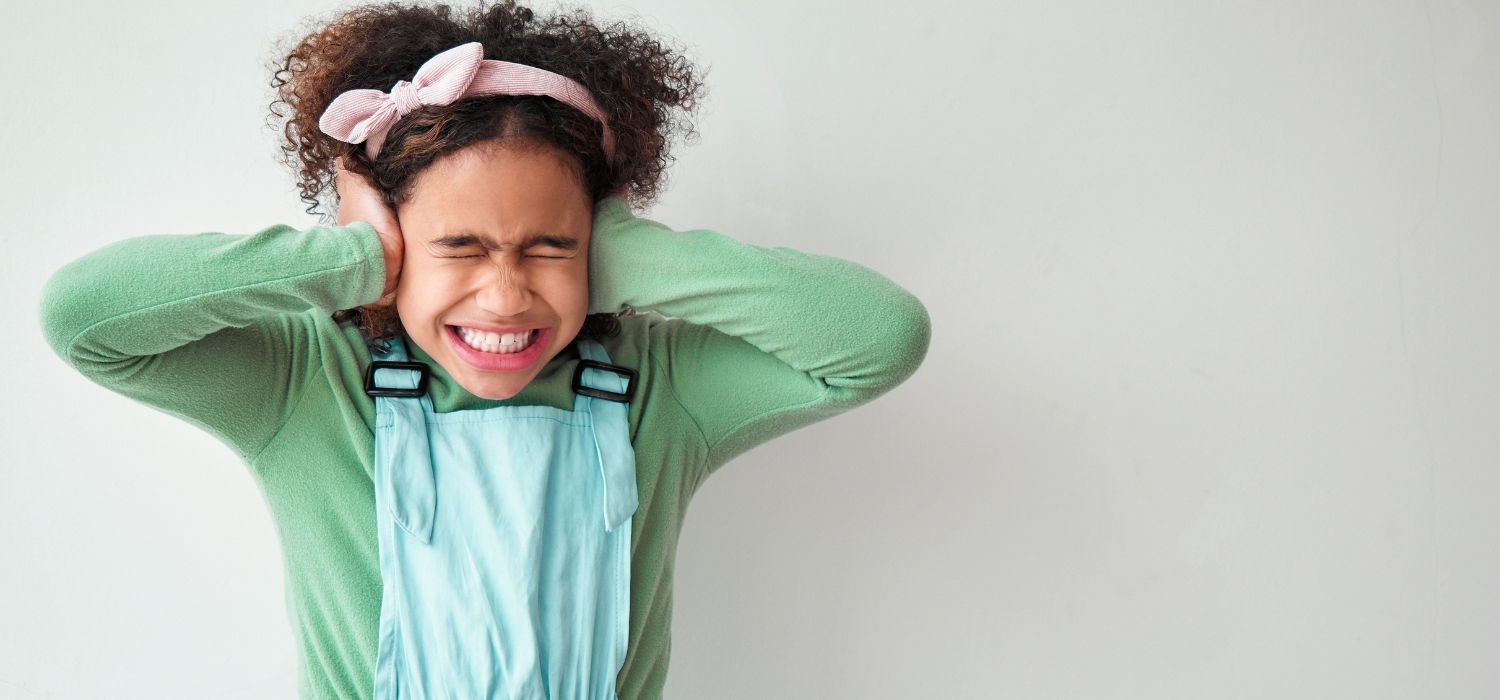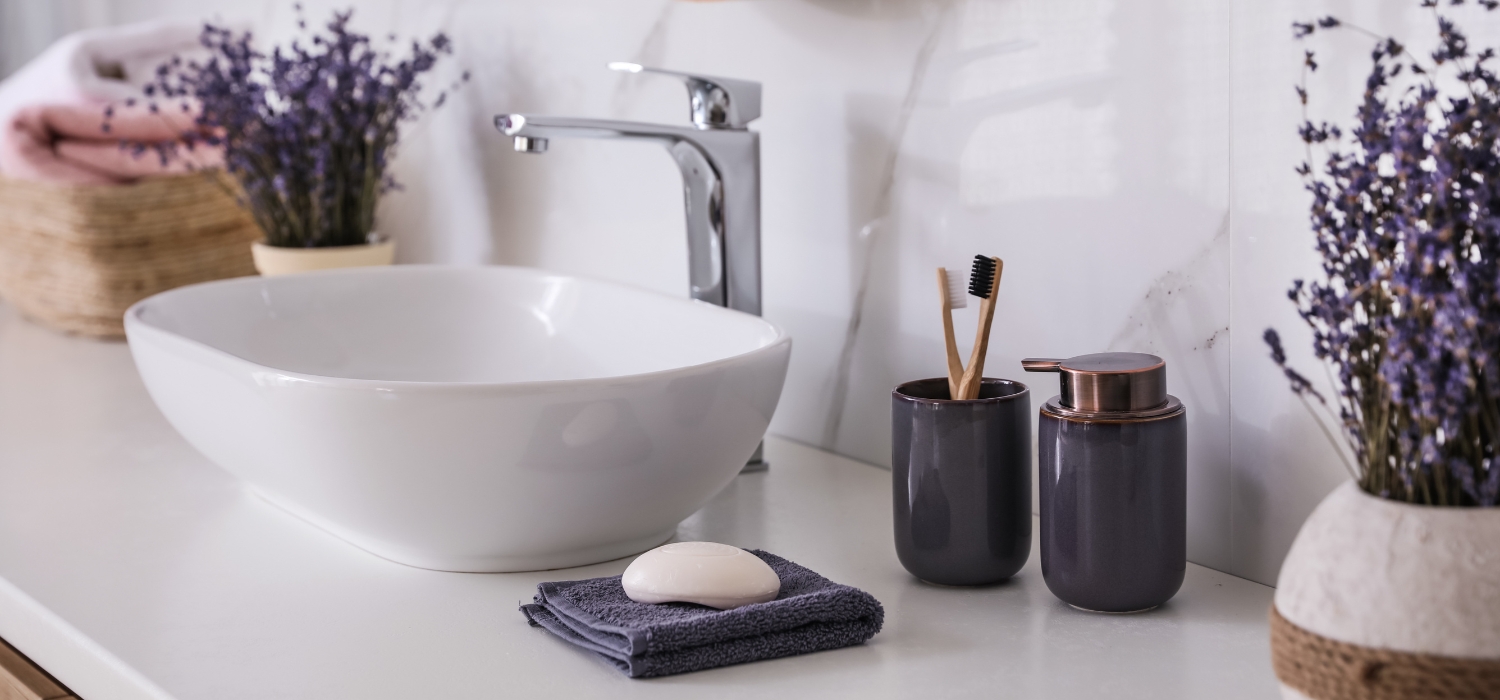Creating A Calm and Enjoyable Bath Time for Neurodivergent Children

Bath time can be a relaxing, even playful experience for many children, but for neurodivergent children, it can bring a whole range of challenges. For children with unique sensory needs, these sensations can lead to overstimulation or anxiety, making bath time difficult for both the child and the parent. It is estimated that 15-20% of children in the UK are neurodivergent1, so finding ways to adapt bath routines is essential for helping them feel comfortable and safe.
Sanctuary Bathrooms has teamed up with Nicole Batesman, Owner of The Super Sensory Squad and Presenter of the Conservations With a SEND Mum Podcast, to share tips for making bath time as calming and positive as possible.
Why Bath Time Might Be Different for Neurodivergent Children
Neurodivergent children can experience bath time differently because their brains process sensory input in unique ways. While some children love splashing around in warm water, others might feel that the water stings or that the bathroom lights are too bright. Understanding your child’s sensory profile—whether they are sensitive to certain sensations or actively seek others —can help you make bath time more enjoyable.
Common Sensory Challenges in the Bathroom
Bathrooms are sensory-heavy spaces, often without us realising it, and these sensations can be tricky for neurodivergent children to process all at once. Here are some of the most common challenges they may face:

- Water sensitivity: For some children, the feel of water can be sharp or uncomfortable, almost like a prickling sensation. This can make even gentle showers a challenge.
- Noise sensitivity: Bathrooms can amplify sounds, so things like running water or echoes can be intense for children sensitive to sound.
- Lighting: Bright bathroom lights can be harsh for children with visual sensitivities, making a dimmer setting or softer lighting more comfortable.
- Smell and texture: Some soaps and shampoos have strong scents or textures that may be overwhelming. While some children may love bubbles and textures, others may find them unpleasant.
Each child has their own unique reaction to these sensory inputs, and creating a calming bath experience starts with adjusting these elements to suit your child’s preferences. Here are five practical tips for building a bath time routine that works.
5 Tips for a Positive Bath Time Experience
- Get to know your child’s sensory preferences: Spend time observing how your child responds to the different sensations in the bath—do they relax in warm water, or do they seem irritated by cooler temperatures? If your child is tactile-sensitive, a gradual introduction to water might be the way to go. Or if they love water, let them splash or play with bath toys first to ease into the experience. Tailoring each element of bath time to what they need can make it more enjoyable for both of you.

- Customising the bath environment: Small tweaks to the bathroom setup can make all the difference. For children who enjoy different textures, bubbles or a bit of foam can be fun additions, while soothing scents like lavender may help children who respond positively to smell. If your child is sensitive to different smells, fragrance-free products are a calming alternative.
- Try regulation techniques before bath time: Helping your child enter the bath in a calm state is key. Before bath time, consider some calming activities they enjoy such as reading a book together or playing a favourite game. When children feel relaxed, they’re better able to tolerate new or challenging sensations. As Nicole Batesman says, “When a child is dysregulated, they can become more sensitive to touch, so starting the bath or shower routine in a calm state helps create a positive experience for both you and your child.”
- Create a predictable routine: Neurodivergent children often find comfort in routine and predictability, so having a set pattern for bath time can ease some of the anxiety. Adding a visual schedule or using verbal cues for each step can help them know what’s coming next, reducing surprises and making them feel more secure. Giving your child some control over the process, like choosing their towel or picking a bath toy, can also help them feel more involved.
- Make bath time fun and take it slow If bath time feels like a chore, try easing into it with fun, gradual steps. Make the bathroom a positive space by letting your child play in there or draw with bath crayons before introducing water. If they’re hesitant, start by letting them splash their hands or play with toys outside the tub, then work up to sitting in the water over time. These small steps help build comfort and trust, making bath time something they can enjoy at their own pace.
Creating a positive bath time experience is about so much more than simply getting clean. By tuning into your child’s sensory needs, bath time can become a moment of connection and trust. As Nicole Batesman reminds us: “When we as parents tune into our child’s sensory needs during bath time, it’s more than just routine—it becomes a moment of connection and trust."
With patience, small adjustments, and a good understanding of what makes your child feel safe, bath time can be transformed into a calming and enjoyable experience for both you and your child.